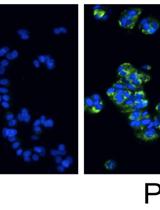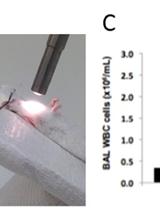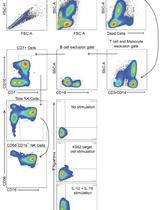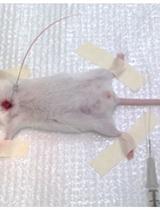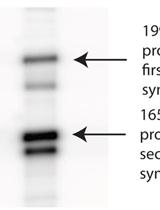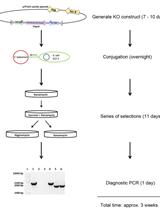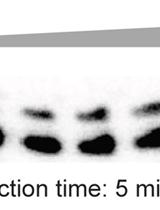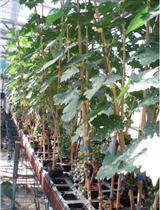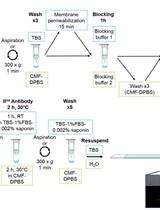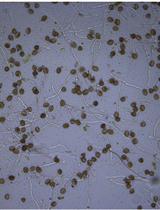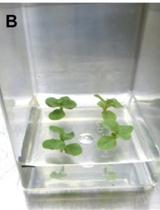往期刊物2015
卷册: 5, 期号: 12
癌症生物学
Metabolic Assays for Detection of Neutral Fat Stores
代谢试验检测中性脂肪储存
免疫学
Non-invasive Intratracheal Instillation in Mice
小鼠无创气管滴注法
Ex vivo Human Natural Killer (NK) Cell Stimulation and Intracellular IFNγ and CD107a Cytokine Staining
人自然杀伤细胞(NK)的细胞体外刺激和 IFNγ 及CD107a 细胞因子胞内染色
Two-event Transfusion-related Acute Lung Injury Mouse Model
通过双重免疫刺激建立输血相关急性肺损伤的小鼠模型
微生物学
Primer Extension Reactions for the PCR- based α- complementation Assay
引物延伸反应用于基于PCR的α-互补试验
Generating Isogenic Deletions (Knockouts) in Francisella tularensis, a Highly-infectious and Fastidious Gram-negative Bacterium
在高传染性和需要多种养分的革兰氏阴性菌-土拉弗朗西斯菌敲除突变株的获得方法
Visual Assessment of the Severity of Fusarium Seedling Blight (FSB) and Fusarium Head Blight (FHB) Disease in Barley
大麦中镰刀菌属苗枯病(FSB)和镰刀菌属赤霉病(FHB)严重性的目测评估
Mismatched Primer Extension Assays
错配引物延伸法
神经科学
Electroporation of Embryonic Chick Eyes
鸡胚胎视网膜DNA电转移
植物科学
Virus-induced Gene Silencing (VIGS) in Barley Seedling Leaves
大麦幼苗叶的病毒诱导基因沉默(VIGS)
Development and Implementation of an in vitro Culture System for Intact Detached Grape Berries
完整分离的葡萄果实体外培养系统的开发与实现
A Simple Protocol for the Immunolabelling of Arabidopsis Pollen Tube Membranes and Cell Wall Polymers
拟南芥花粉管膜和细胞壁聚合物的简单免疫标记法
Analysis of Sugar Component of a Hot Water Extract from Arabidopsis thaliana Pollen Tubes Using GC-EI-MS
采用 GC-EI-MS分析拟南芥花粉管中热水提取物的糖组分
Gentiobiose Feeding in Gentian in vitro Overwintering Buds or Plantlets
在龙胆越冬芽及越冬苗上体外施加龙胆二糖


